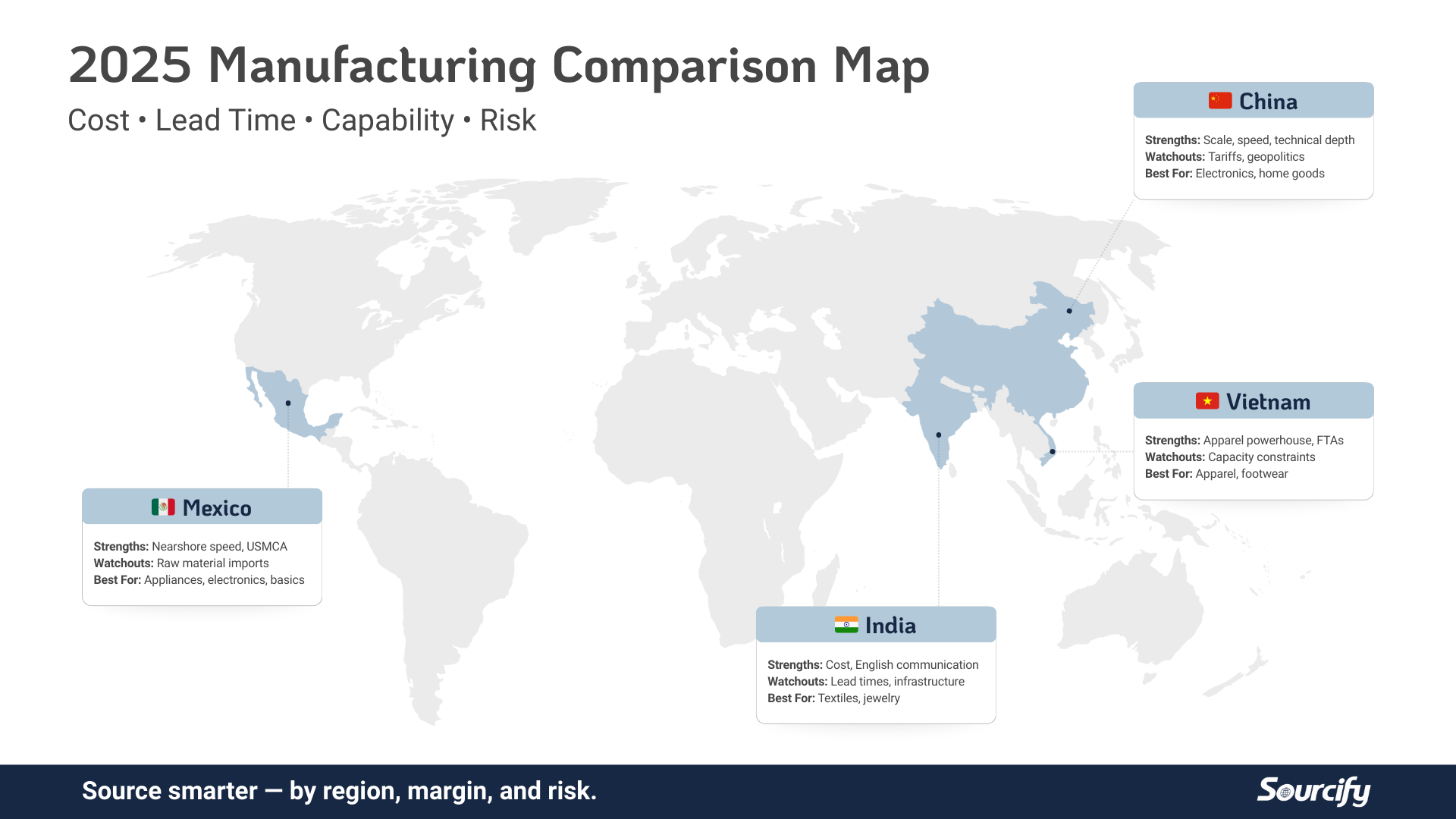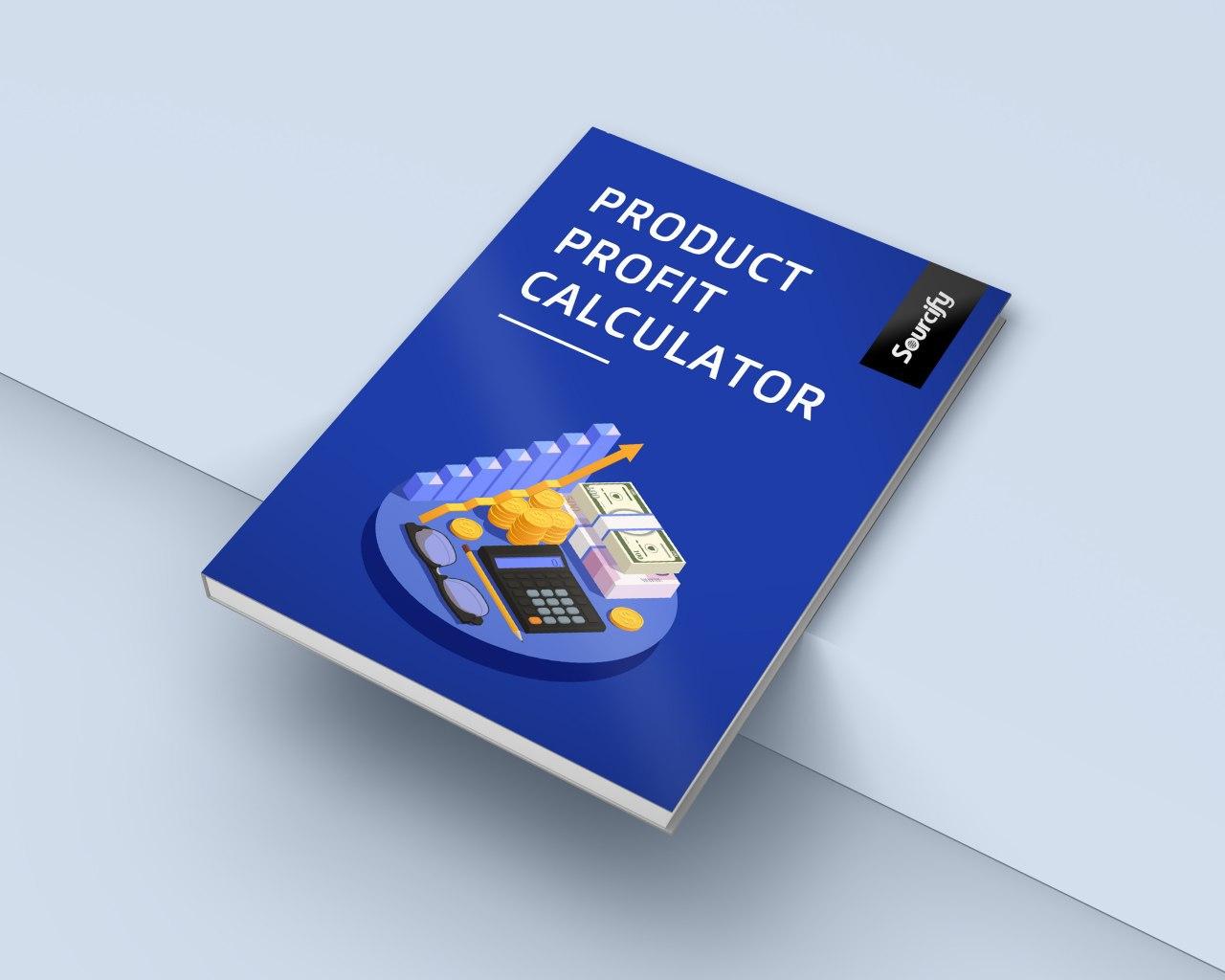Tariffs are unpredictable—and expensive. If you’re a growing brand relying on global manufacturing, high import duties can quickly eat into your margins. But moving your entire supply chain? That’s a huge lift. Fortunately, there are practical ways to avoid high tariffs without starting from scratch.
Here are five smart strategies leading brands are using right now:
1. Shift a Portion of Assembly to Another Country
A simple way to avoid high tariffs is to perform part of the assembly process in a country with a better trade relationship. For example, you might manufacture components in China but ship them to Vietnam or Mexico for final assembly. If structured correctly, the product’s country of origin changes—potentially reducing or eliminating tariffs when imported into the U.S.
This “last-mile manufacturing” strategy is especially useful for apparel, electronics, and CPG brands with tight margins.
2. Use U.S. Fulfillment Centers with COGS-Level Imports
By importing goods at their Cost of Goods Sold (COGS) rate using Section 321 or de minimis exemptions, brands can move inventory into the U.S. duty-free if the value is below $800 per shipment. Here’s how it works:
- Bulk import to Mexico or Canada
- Fulfill individual U.S. orders from a U.S. 3PL
- Avoid high tariffs and reduce delivery time
This method has become a popular workaround for DTC brands optimizing for speed and savings.
3. Optimize HTS Codes with Product Reclassification
Tariffs vary depending on the Harmonized Tariff Schedule (HTS) code your product is assigned. Even slight differences in materials, components, or packaging can change the classification—and the duty rate.
Work with a trade compliance expert to review your current classifications. A small tweak could help you avoid high tariffs legally and sustainably.
4. Take Advantage of Free Trade Agreements (FTAs)
If you qualify under a Free Trade Agreement, you could avoid high tariffs altogether. Countries like Mexico, Canada, and Vietnam have preferential agreements with the U.S. that allow for lower or no tariffs on many goods.
Assess your bill of materials and determine whether shifting just a portion of your supply chain to an FTA-eligible country unlocks savings.
5. Explore Bonded Warehousing and Foreign Trade Zones
Bonded warehouses and Foreign Trade Zones (FTZs) allow brands to store or assemble goods in the U.S. without immediately paying duties. You only pay when the goods enter domestic commerce—and if you re-export them, you might not pay at all.
This strategy is ideal for global brands with seasonal inventory or international customers.
Don’t Panic—Plan
High tariffs don’t have to dictate your supply chain strategy. With the right moves, you can protect your margins, stay flexible, and avoid costly disruptions.
At Sourcify, we help brands like yours rethink sourcing to minimize tariffs and maximize resilience. If you’re feeling tariff pressure, let’s build a smarter plan together.




